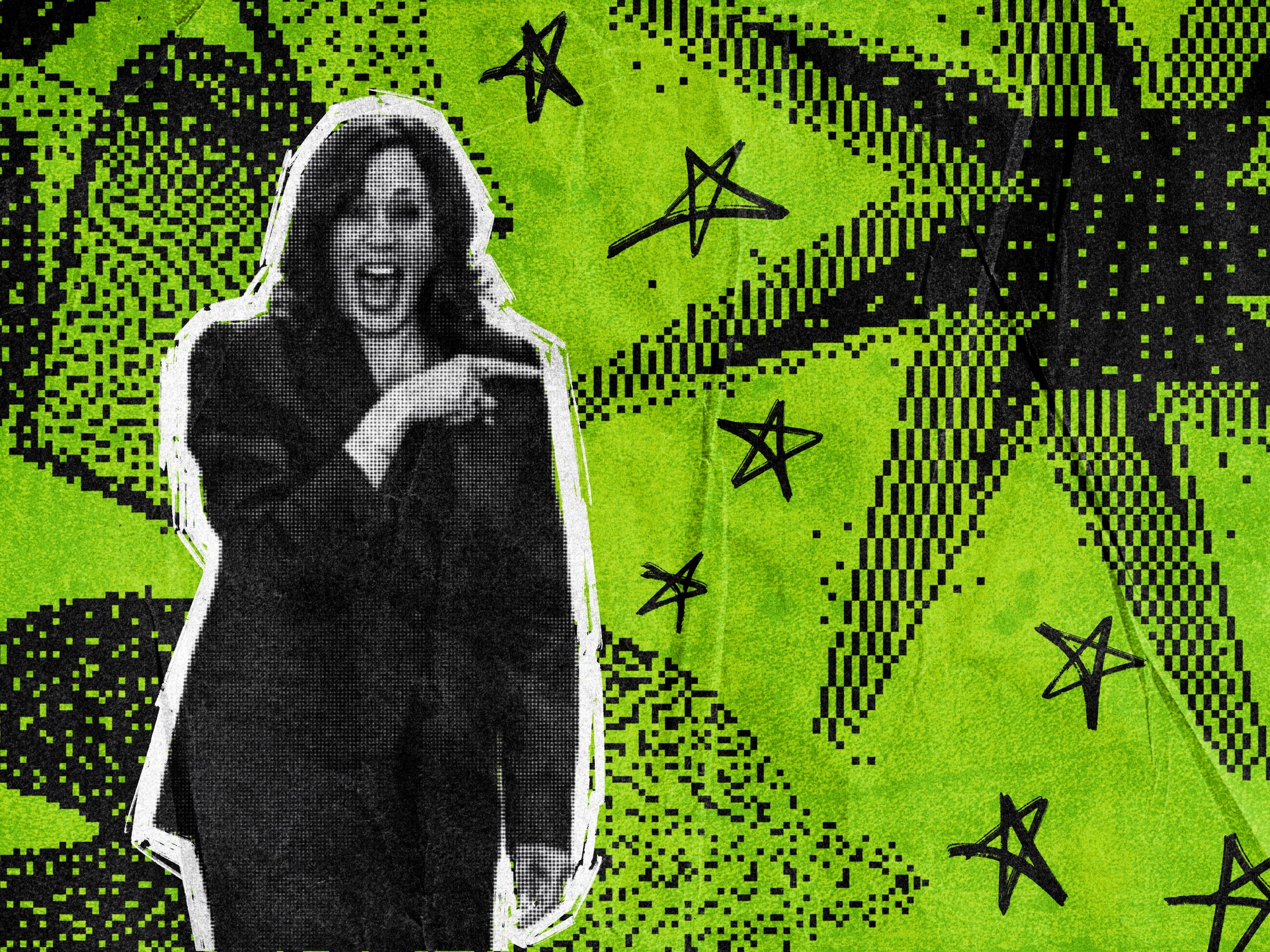Second Take: Increased consumerism, shifting trends around holiday decor steal Christmas spirit

(Angelina Wu/Daily Bruin)
By Allison Bushong
Dec. 6, 2024 2:11 p.m.
Fewer people than usual are rockin’ around the Christmas tree this season, with many halls remaining undecked.
From stockings to ornaments, holiday decorating is a staple of the winter months. Yet in recent years, decor has become increasingly sparse. It is not difficult to understand why: Rising electricity costs in Southern California may steer residents away from displaying exterior lights, while post-pandemic travel spikes result in fewer people being home long enough to decorate. However, the true culprits of the stark decrease in holiday cheer are the very entities that manufactured the season to begin with: large corporations and the media.
Christmas is ubiquitous – if not as a religious holiday, as a cultural phenomenon. While early holiday memories are entwined with anticipation of Santa’s arrival and excitement over watching “The Polar Express” in chilly elementary school classrooms, the lead up to Christmas for college students is fused with cramming for final exams and the tiresome search for a summer internship. It is no wonder that a wistful feeling arises for young adults each year as the sleigh bells begin to ring. Corporations, assisted by social media and marketing, rob the holidays of their personalization by preying on this nostalgia for Christmases past. Corporate promotion of an endless trend cycle leads to exhaustion and ultimately discourages many people from decorating at all.
Each year, companies work tirelessly to convince consumers that purchasing their new holiday products will bring back the magic of childhood celebrations. While Christmas has always been a commercial holiday, consumerism has increasingly penetrated every corner of the holiday season, starting with the speed with which seasonal decor hits retail stores. This phenomenon, called “Christmas creep,” has been around for decades, but it seems like Christmas comes sooner every year. From Starbucks unleashing its holiday drinks at the beginning of November to Target unveiling Christmas displays before Halloween, large corporations capitalize off the holiday spirit to an extent that leads many people to feel disillusioned with holiday decorating.
Another driving force behind the lack of Christmas cheer is the accelerating trend cycle, which has zapped personalization from the holidays and worn many people out. Social media and increased accessibility of products brought by online shopping has sped up the dissemination of trends, and Christmas decorating is not immune. Some years, multicolored exterior lights are seen as homey; other years, they are gaudy. Inflatable lawn ornaments sometimes exude childlike joy; other times, they are annoyances. A few years ago, exterior projector lights and lasers became a fad, but now, they are seen as lazy.
The rise of minimalism further discourages cheerful decorating, giving way to what many refer to as the “sad beige” aesthetic. This year, design experts in the New York Post proclaimed that bright displays of red and green, which are usually recognized as the most traditional Christmas colors, are “decidedly gauche.” The ceaseless trend cycle sucks the personalization out of seasonal decor, forcing consumers to walk a fine line between “nostalgic” and “tacky.” Whether it is color schemes or types of Christmas trees, it can feel impossible to decide between the overwhelming number of options, while feeling pressured to spruce up decor every year.
Every Christmas season, social media perpetuates the cycling of new trends, with corporations using these to their advantage to encourage consumerism. The immense pressure to keep up with trends combined with the energy, effort and finances required to make new purchases every year leads to consumer fatigue. Many people are throwing their hands up and deciding not to decorate at all.
One environmental benefit from the decrease in decorating is a general movement towards more responsible consumption. Christmas cheer does not need to encompass senseless consumption of single use items, but neither does it mean that people should abstain from decorating altogether. This holiday season, recapture the joy from childhood memories by building a staple collection of holiday decor – lights, stockings and ornaments that can be reused for years to come. The magic of the holidays is not contained in finding the trendiest lights and stockings, but rather in displaying ornaments, tree toppers and other decor that are personally meaningful.
While comparing the current state of holiday decor to the decked halls of our childhoods can seem dreary, we don’t need a miracle (on 34th Street or elsewhere) to recapture the holiday magic.



